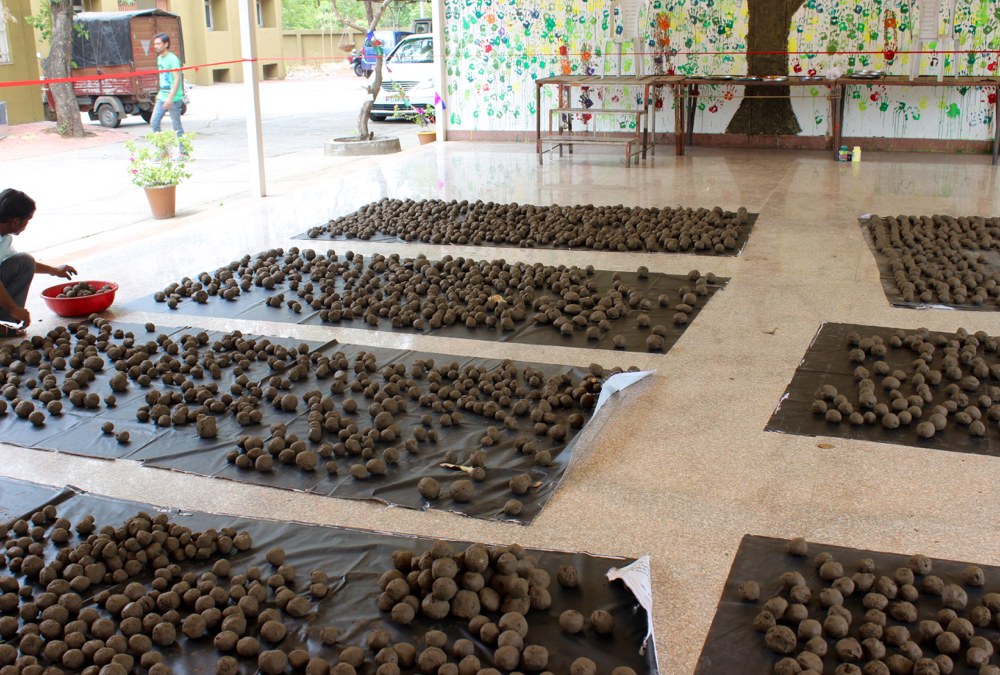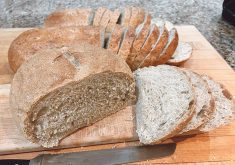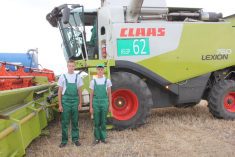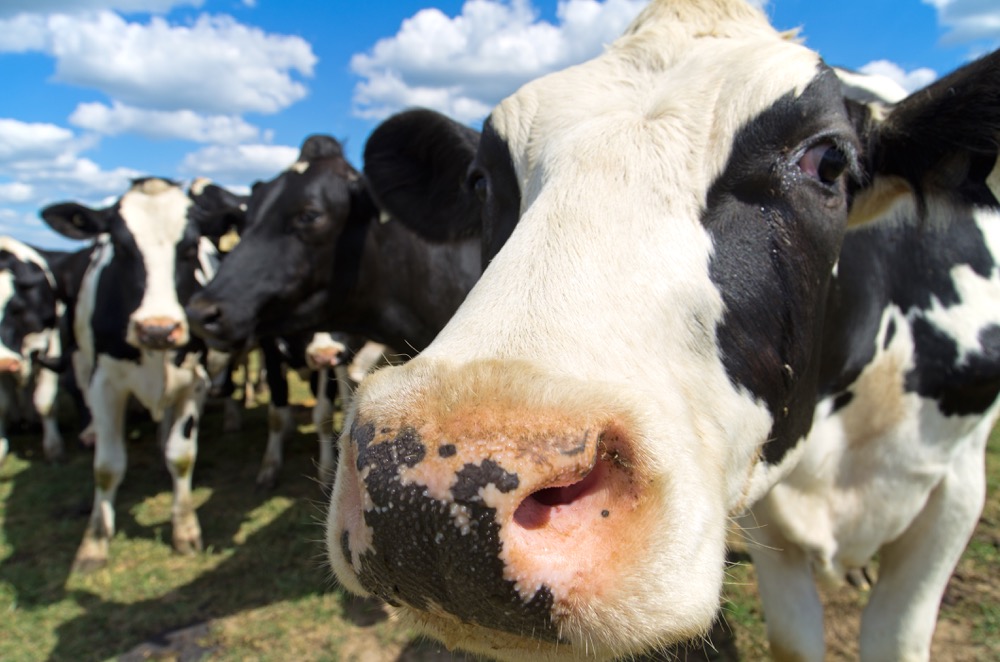Learning the different perspectives of people is interesting.
In the arguments over food security in the future, there often is an element of truth in even the most unusual idea. I felt challenged, however, during a public forum when the concept of ‘seed bombing’ a city was put forward in an attempt to return it to its “post-colonial indigenous state.” (Seed bombing introduces vegetation by throwing or dropping balls of seeds and clay.)
Certainly, acknowledging and fully researching indigenous plants is in itself honourable on several fronts. It invites the opportunity to save seed, allows for an ecosystem to remain in good health, may be important in future diets and may lead to further research that invites plant populations to increase.
Read Also
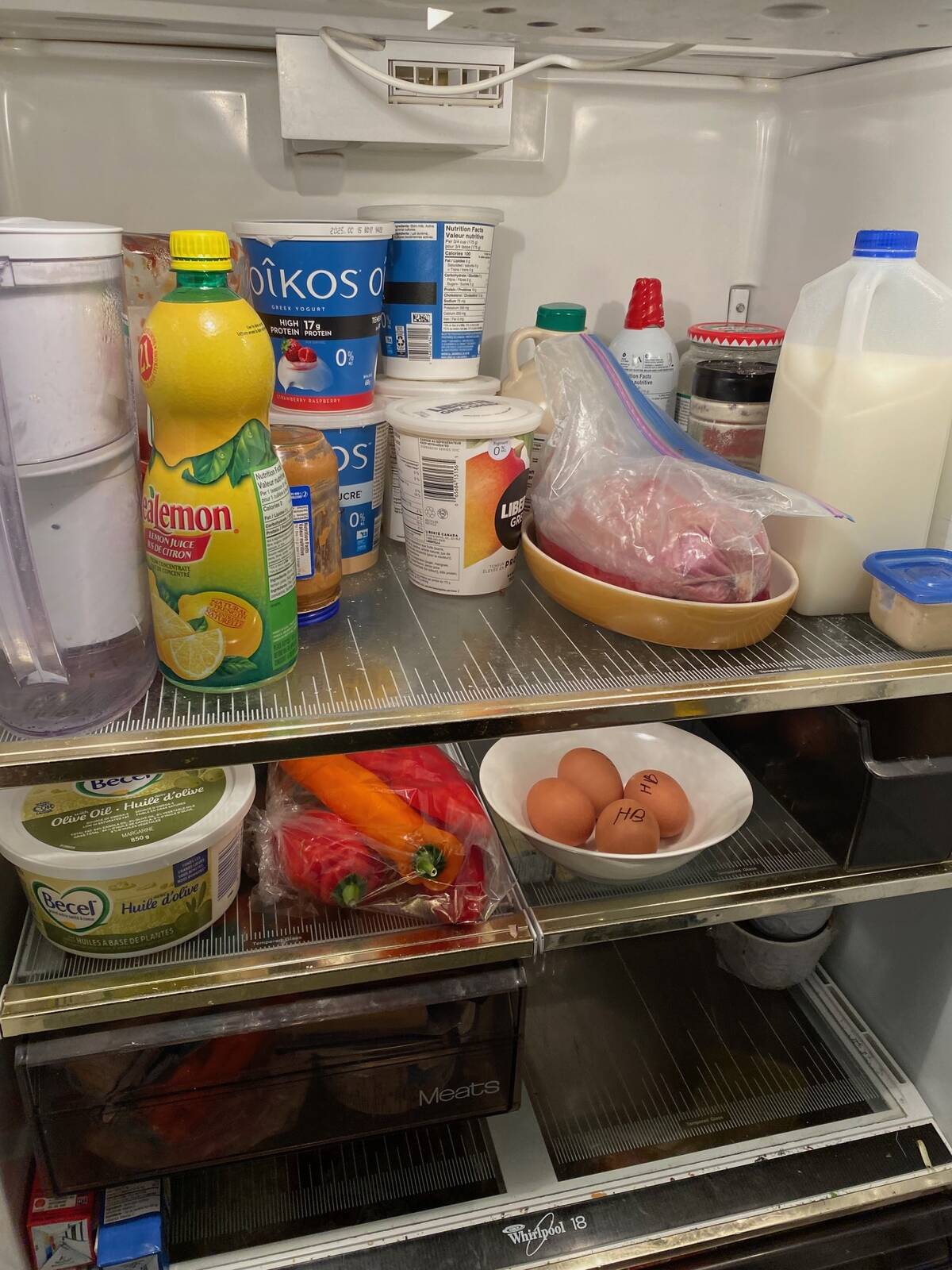
Do I hear hunger knocking on the door?
Alberta Farmer columnist Lee Hart muses about an empty refrigerator, best before dates and thawing frozen turkeys.
Perhaps what was not fully appreciated by the non-indigenous proponent of this idea was the fact that meat and plants were part of the First Peoples’ stories. Birds, fish and animals played a critical role in spreading seed as birds and mammals do in their droppings. Soil was built from manure and fish waste. Protein was available through the meat, fowl or seafood.
- More with Brenda Schoepp: With a federal election looming, spare a thought for trade
In the area that was to be the focus of seed bombing, previous inhabitants used animal protein sources that included moose, deer, rabbits, quail, squirrel and porcupine as well as geese and ducks. Plant-based protein was found in harvested seaweed.
Roots were important and the predominant one was camas, which could also be ground into flour. It was so valuable that it was farmed carefully in specific camas beds. However, ingesting the wrong camas, such as death camas, can be fatal. Knowing the difference would seem pretty important. I find walking with native elders helps me to understand what I should and should not eat from the surrounding forest and fields.
Plants, berries and specific trees rounded out a balanced diet and the maintenance of health. It took knowledge to fully appreciate what to harvest and when, so that the area was fertile for the next year. In short, it was a lot of work.
Of the 16 varieties of wild berries I can pick on any given walk, only a few are large enough to seemingly make the time worth it. But each has a nutritional profile or healing property that was once fully appreciated.
Waste was always returned in some form to the land to rebuild the soil. Agricultural areas of this day have rich soil from waste. On the coastal areas, that is fish waste. On the Prairies, some of the better soil is found where buffalo ran in high density. A pre-colonization way of indigenous eating was not vegan — it was protein dependent, most of that from non-plant proteins.
All of these honoured beasts and plants and the inhabitants of the land were and remain soil dependent. To understand a food culture or a food system, you must first be intimate with its soil.
Imagine the shock to the seed and to the soil of a seed bomb. Are all the seeds enclosed in these seed bombs compatible? If they are all creeping rooted, then they will compete rigorously with each other and only one may survive. If they require a high or low pH, then the pH of the soil is critical. If they require cover or high levels of moisture (both found on undisturbed forest floors and in ground cover farming), then they will not grow in an exposed boulevard. If the seed requires specific nutrients (such as nitrogen) they will not grow in nitrogen-deficient soils. You get the picture.
In other words, regenerative systems in an indigenous way of knowing cannot be replicated without consideration of all the variables.
Critical as well are these considerations: Knowing, growing and protecting indigenous ways of harvest is very important and may become a critical piece in our future. Colonization is over and we need collaborative efforts that move us forward with past knowledge, with science and technology. Populations are large and dense and regardless of social or economic status, race or religion; we all need to eat. Farmers are few and pressured. They need to survive.
Perhaps instead of seeing the farmer who feeds all as the unwelcome product of colonization, food providers could be appreciated as a collaborative partner to create food spaces reflective of this land hundreds of years ago. The space may be small. The result may take hundreds of years to replicate. Just as planting a tree provides shade for future generations, so does regeneration benefit those committed and connected to it.
A food system is more than seed and sun, water and soil. It is a complex interaction between all the elements including people. It is long in vision and hope, it is curious and creative, adaptive and affordable, regenerative and replicable.
Insulting the soil with a random seed bomb is an imposing proposal that lacks permission from those who once lived in that space and those who now do. To any community in the world, this is an immoral act of power.
If the past could speak for the future, I offer that it would ask for a more balanced, comprehensive and mindful approach.


